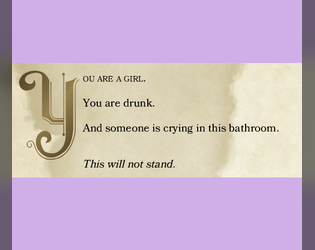This is fantastic, 15/10, and I'm almost definitely never going to finish it.
Once you understand the core loop of "use thing -> get new thing -> use new thing", it's "just" a puzzle about optimizing your use of space on the timeline. "Just" is in scare quotes because it's still a fantastic exploration of the concept, but here's the thing: it's trivial to think about, and incredibly tedious to actually do. That's an unhappy combination. I could math everything out on paper in maybe ten or fifteen minutes, but then to implement that it would probably take hours, which would include a lot of very tedious trial-and-error with how far I can stretch certain lines.
If this is the point, then yeehaw, you nailed it. If you don't want players having this response, then the game needs:
- a quicker, user-friendlier "undo" function, for when you know something is out of place but fixing it would require keeping incredible amounts of "state" in your head about what you want to rebuild once you fix the positioning; or,
- some way of defining and encapsulating "units" that are bigger than a single node (e.g. other commenters mention field-house-tree-house-field), so there's less state to keep in your head in the first place.
And this may just be a personal thing, but: I think it's a huge bummer that using robots to produce a thing isn't any more efficient than using humans. That's the whole point of automation. If that's not part of the experience you want to deliver in exploring the game's concept (which, again, 15/10 job in marrying concept to play experience) then alright, I guess, but I think it follows naturally from talking about Adam Smith.


